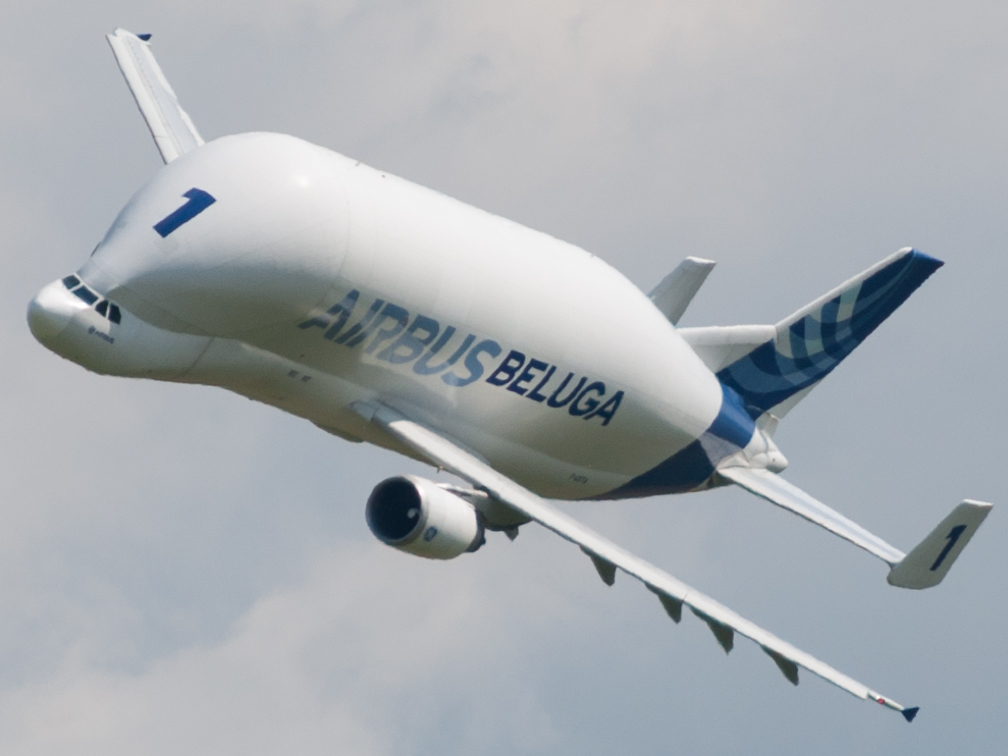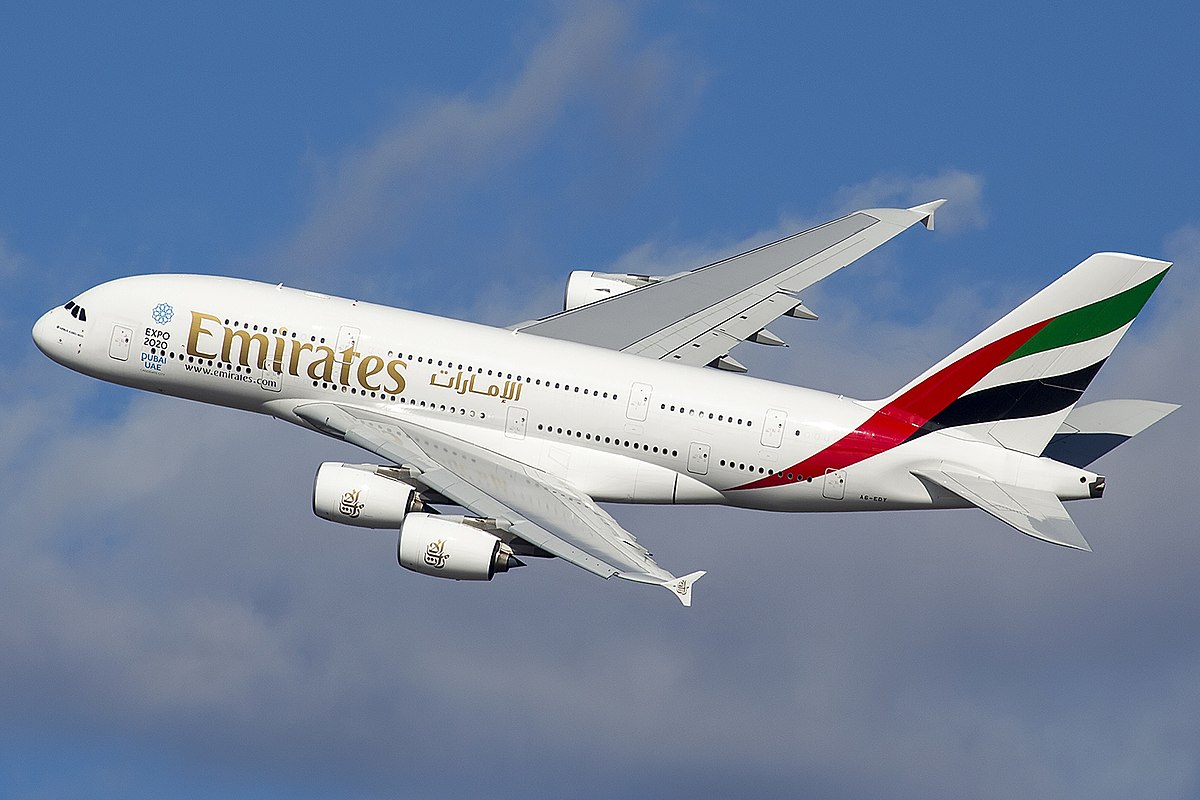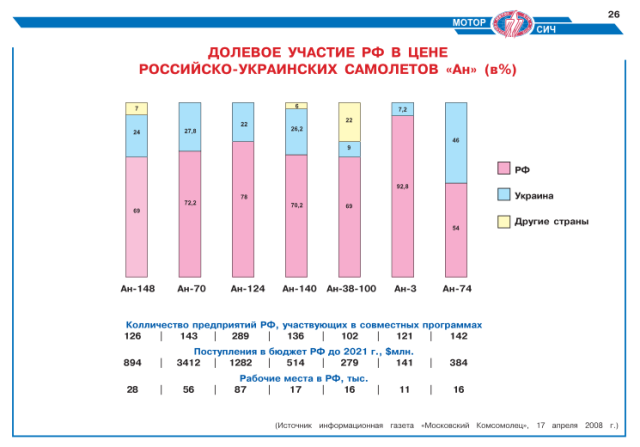apparition13
I really should change my personal text
- Joined
- 27 January 2017
- Messages
- 605
- Reaction score
- 1,107
"Strategic" and "outsize" brings to mind something that can carry an MBT intercontinental. C-17 is the small end of that scale. An-124 and C-5 are the large. Well, An-225 is the large, but that's a one off so far. I suppose something like the ATOCA KC-33 proposal from Boeing in the competition the KC-10 won could also work. That involved raising the cockpit to create a single diameter space, adding a kneeling capability to the front wheels, and a fold up nose and ramp to allow for roll-on and roll-off, resulting in 105 tonnes of capacity including an Abrams. Can any of the large Airbus aircraft be redesigned to carry Challenger/Abrams/Leapard 2, assuming a similar kind of design as ATOCA?




